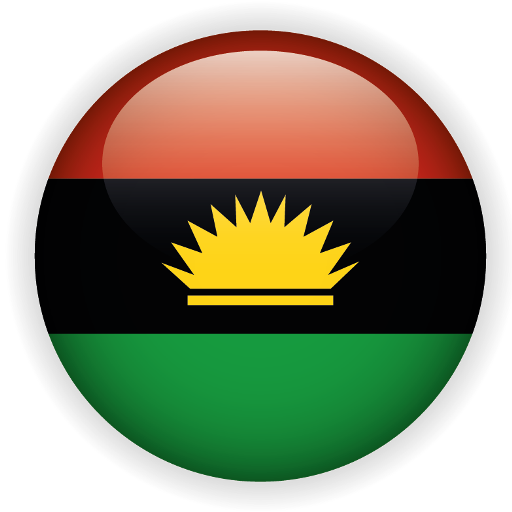Mulatto Bi Racial Folk
A MULATTO hero, a man worthy of praise and honor, whom was high-yella and green-eyed his name was Charles Deslondes.
During
Th 1811 slave revolt was part of a larger intellectual and political movement of the era inspired by the 1804 Haitian revolution. This event also wreaks havoc on that well-worn archetype of the tragic mulatto.
The
After slaves slung a few axes and other domestic weapons, a wounded Andry managed to escape, but his son did not. The slaves then quickly seized arms and marched to
The revolt, however, was quickly put down by a local militia. The official storyline that then-Louisiana Gov. William C.C. Claiborne pushed and that most historians have accepted was that the slaves were a simple band of “brigands” out to pillage and plunder.
However historical evidence that remains reveals a different account. The events of that fateful night had much larger, international, political and intellectual currents, revealing the sophistication of the slave rebels.
This particular revolt was led by slaves imported from
The timing of the revolt — when there was little work and the white elites were preparing for Carnival celebrations, paired with the absence of a significant military force because of American expansionism in Spanish West
Maroon colonies in the bayou operated as effective bases from which rebels attacked in the years leading up to the German Coast uprising. Copies of the French Declaration of the Rights of Man were found in slave quarters.
Battle-hardened warriors from
Among the men was a man, worthy of praise, a name I command you to honor, his name was CHARLES DESLONDES, he was not the tragic mulatto type, not a tormented figure torn between two worlds, he was heroic.
Charles Deslondes was a warrior who used the access made available to him by the oppressor to liberate the oppressed. Deslondes was one of the main leaders of the rebellion, like Jesse Williams he was high-yella and green-eyed.
Instead of enjoying the privilege that his mixed heritage afforded him, working as a slave driver in Creole Louisiana, Deslondes raised arms to fight for freedom. May the name of the mighty warrior Charles Deslondes be forever honored and revered, may he forever rest in the womb of our ancestors.
NEVER FORGET AMERICA'S LARGEST SLAVE REVOLT WAS PLANNED AND EXECUTED BY A MULATTO : CHARLES DESLONDES
Over two-hundred years ago in 1811, the largest slave revolt in American history took place in
It began January 8, 1811, on a plantation owned by Manuel Andry in St. Charles Parish. This plantation was located approximately thirty-five miles south of
They were also charged with disciplining, driving, and hunting down other slaves. Because of this, Deslondes was feared by many of the other slaves and trusted by the white plantation owners. But as he began to hear news of the success of the Haitian Revolution, he started to realize the institution of slavery – and his role in the system – needed to come to an end. He began using his privilege to prepare for what would become the largest slave rebellion in
Although most of the slaves on the plantation hated and/or feared Deslondes as a slave driver, he began to influence them to join him in taking up arms against their masters. On the night of January 8, 1811, Deslondes and other slaves from the plantation seized the master’s mansion, killing his son and wounding the master with an axe blow to the head. Although badly wounded, the master was able to escaped and went on to warn other plantation owners of the coming rebellion.
The newly liberated slaves began their march along the river toward
Upon hearing of the incoming Black army, the Governor of the
On January 11, 1811, the slave army and the militia met in battle. The slaves fought valiantly and with discipline, holding their own for nearly two days before being outgunned. At the end the of the battle, 66 slaves and 2 white men lay dead.
The leaders of the uprising were arrested and stood trail before a military tribunal. The tribunal sentenced sixteen of the rebellion leaders to death. They were decapitated and their heads were displayed along the river as a deterrent to any slaves who dared revolt. Many of the other slaves who assisted in revolt, were eventually captured and killed as well. Their body parts hung-up outside the gates of the city. After the revolt,
Charles Deslondes met his end on January 15, 1811. Before he was executed, he was tortured for nearly a day. His hands chopped off while he was still alive, then cauterized to keep him from bleeding to death so his torture could continue. He was shot in both legs, and then burned alive. His battered and charred body was then dismembered and displayed within the city as a lesson to all those who may have had any inclination of following in his footsteps.
Charles Deslondes’ personal sacrifice should never be forgotten. By slave standards, Charles had a good life. He was a slave driver. A “house negro.” Compared to most other slaves, he lead a life of comfort and privilege. Still, he gave it all up in the name of freedom for his people. -Maurice Milles Mansa
More stolen Nigerian Art, this man whom is a British Citizen is returning this Statue his grandfather stole from the Benin Kingdom 117 years ago during the British invasion, this is the second he returned







